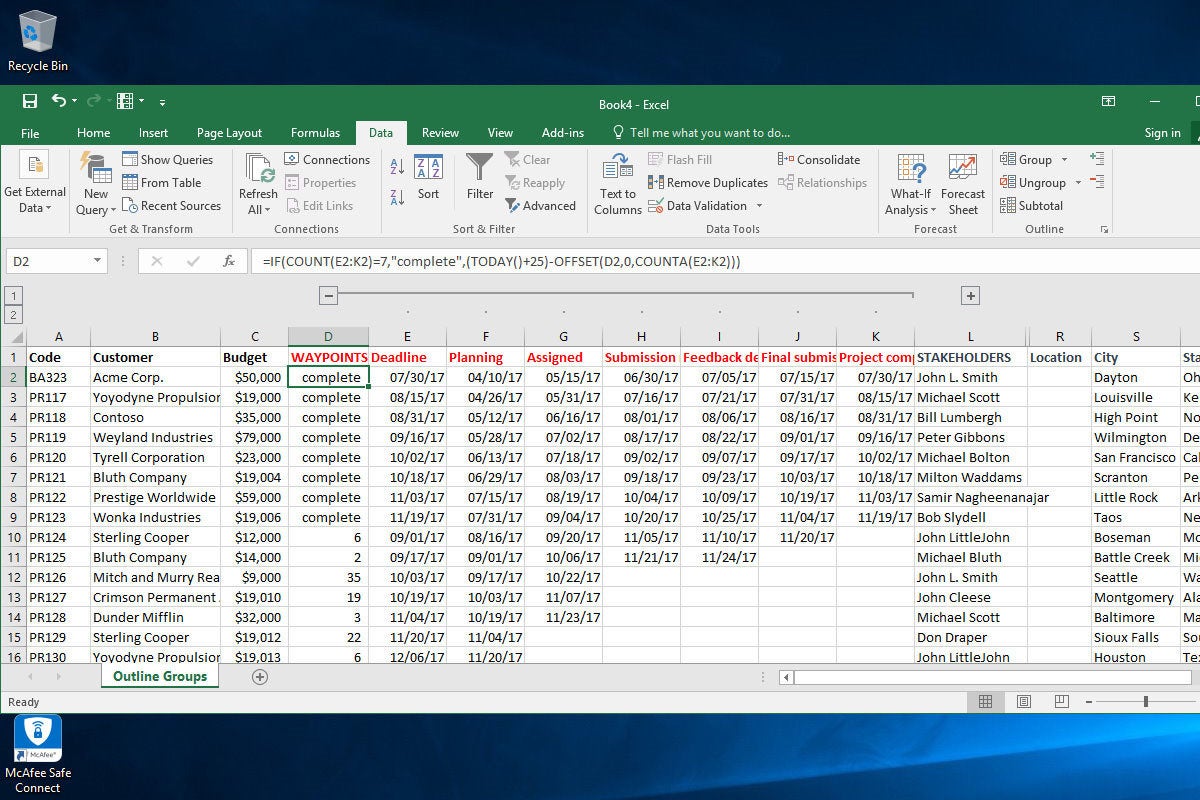

Given the bin ranges we have established for the Excel Histogram and the number of observed samples in each bin, we now need to calculate the number of samples we would expect to find in each bin. If, for example, 42 samples were taken, we would expect 21 samples to occur in each bin if the samples were normally distributed. We would therefore expect 50% of the total number of samples taken to fall in each bin. Each of the two regions of the normal curve would contain 50% of the area under the entire normal curve. (Area of the normal curve bounded by the bin's upper and lower boundaries) x (Total number of samples taken)įor example, if there were only 2 bins that meet at the mean, then the corresponding normal curve would have 2 regions with a boundary at the mean of the normal curve. The expected number of sample in each bin is calculated by the following formula: We now need to calculate how many sample we would expect to occur in each bin if the sample was normally distributed with the same mean and standard deviation as the sample taken (mean = 8.634 and standard deviation = 2.5454). The figures above represent the observed number of samples in each bin range. 13 to 14 - 1 sample had a value in this range.12 to 13 - 3 samples had a value in this range.11 to 12 - 4 samples had a value in this range.10 to 11 - 4 samples had a value in this range.9 to 10 - 7 samples had a value in this range.8 to 9 - 7 samples had a value in this range.7 to 8 - 6 samples had a value in this range.

:max_bytes(150000):strip_icc()/Webp.net-resizeimage-5b9d6f52c9e77c0057dd4263.jpg)
3 to 4 - 1 sample had a value in this range.In this case, the observed samples fell into the following bins: We divide the observed samples into groups that have the same boundaries as the bins that were established when the Histogram was created in Excel. H1 = The data does not follow the normal distribution.H0 = The data follows the normal distribution.The Null and Alternative Hypotheses being tested are: Now that we have the sample mean, standard deviation, and sample size, we are ready to perform the Chi-Square Goodness-Of-Fit test on the data in Excel. How the Chi-Square Goodness-of-Fit Test Works In Excel 2003, this tool can be found at Tools / Data Analysis / Descriptive Statistics. Use the Descriptive Statistics Excel tool to obtain this information. We need to know the mean, standard deviation, and sample size of the data that we are about to test for normality. The first step of the Chi-Square Goodness-Of-Fit Test In Excel is to apply Excel's "Descriptive Statistics" function to the sample data. Applying the Descriptive Statistics Function


 0 kommentar(er)
0 kommentar(er)
